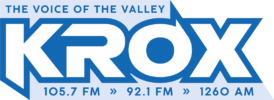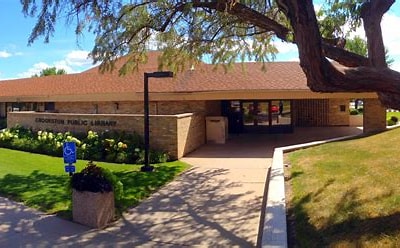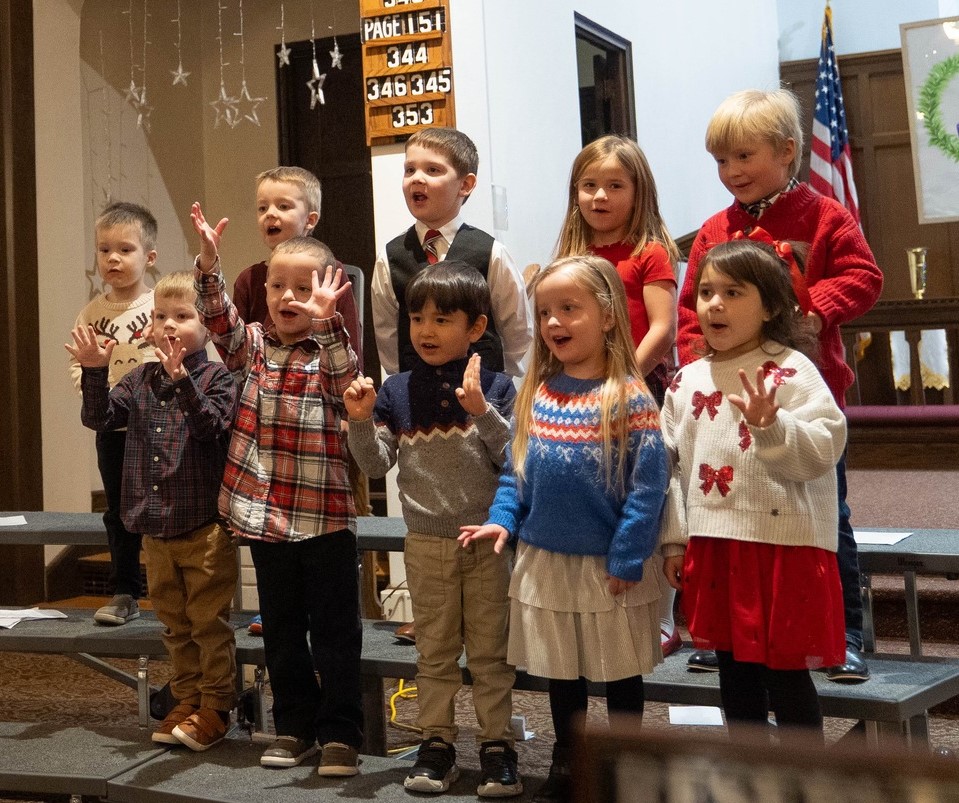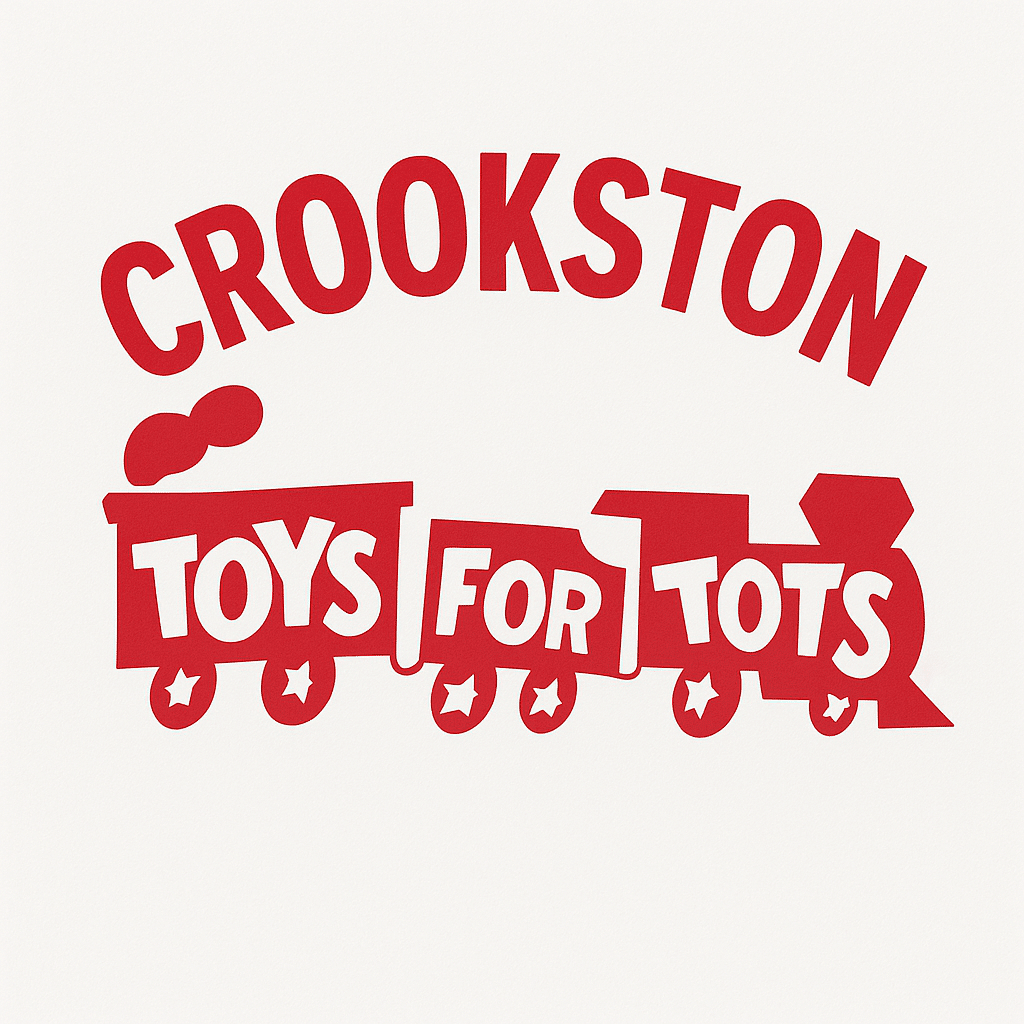The Tri-County Community Corrections Board met in the Northwest Regional Correction Center on Monday.
AUGUST MONTHLY STATISTICS REVIEW FOR THE CORRECTION CENTER
The first item brought to the board was the monthly statistics review for August. The report showed an average inmate population of 164, eight fewer than the average year-to-date population of 172. It also included 53 per diem inmates and six in the D.O.C. program.
The most common cases for incarceration were from D.W.I., parole violation, and failure to appear in court, which tallied 108 points for the month.
AUGUST MONTHLY STATISTICS REVIEW FOR THE JUVENILE CENTER
Currently, five juveniles are placed in the non-secure area of the juvenile center, with two reportedly being from outside the county. The average inmate population is seven. The Juvenile center saw four new admits during August, and the most common cases for admits are drug use, burglary, and runaway cases.
STAFFING ISSUES AT NWRCC
The Correction Center is still actively hiring; they are looking to fill three full-time corrections officers and one part-time job.
The Juvenile Center is in dire need of employees. They are searching for one full-time officer, two part-time officers, and a hybrid officer position. With the lack of employment filtering through the juvenile center, they have not been able to open the secure unit of the center. “The secure detention side of our facility has been closed since the early part of May,” said Tri-County Community Corrections Executive Director Andrew Larson, “It’s been closed because we don’t have enough staffing to operate both sides of the facility,” Larson stated that the area of the juvenile center will be in use once they get fully staffed.
GRANTS
The NWRCC has found three grant opportunities from Minnesota, with one application submitted.
The first grant Larson brought to the board was regarding leftover COVID-19 funds for detection and mitigation in correctional settings. The NWRCC applied for this grant in hopes of receiving $51,000. “We’re utilizing that particular pot of grant funding to help cover a cost of sanitization officer,” said Larson, “This grant just had to be COVID related, but it could also be used for personnel, testing, to remodel specific spaces for virtual court for example.”
The last two grants that the correction center is proposing to apply for are set to be disbursed in 2024 and 2025. One is regarding the community crime intervention and prevention grant program, and the other is allocated to the Youth Intervention Program. The recent legislative session from the state has shown a tremendous increase in grant funding. “Both of these grant categories come out of this year’s legislative session; they’ve expanded the amount of grant funding that’s available to jurisdictions,” said Larson, “The community crime intervention grant pot; typically, there’s been $2,000,000 in grant funding for that, but now it’s up to $38,000,000 in grant funding.”
The board approved the NWRCC to apply for the following grants.
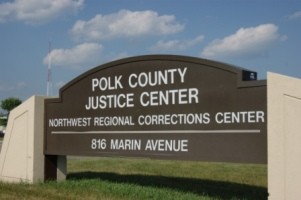
Tags:
